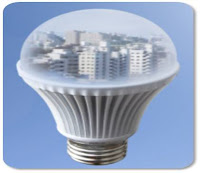In its latest World Energy Outlook, the International Energy Agency announced an upcoming golden age for natural gas with the strong growth of gas demand expected in the coming years, especially in Asia and with the development of shale gas resources.
But the picture varies by region; in Europe, while gas consumption increased over the last 20 years, it has been stagnating since 2005, limited by a sluggish economic growth and stringent regulations promoting energy efficiency. We have seen during the last 5 years a real re-definition of sectoral demand for gas, with growing inputs in the power sector. Between 2000 and 2011, 100 GW of gas-fired capacities were installed in Europe; this trend will certainly continue with the expected commissioning of 50 GW of additional gas-fired plants by 2020 in our central scenario (Balance). However, the current high competitiveness of gas plants is more and more under threat. A weakening of CO2 policies in Europe would strengthen the position of coal as a fuel of choice in the power sector. In the same time, a strong commitment to a climate target would make necessary the development of very stringent energy efficiency policies and very strong CO2 taxation that would therefore lower gas demand over the long-term.
Interested in our exclusive Gas Forecast Report report?
As gas promises to gain ground in Europe in the next couple of decades, our newly published report analyses the current environment as well as emerging issues and uncertainties about the pace at which this will happen, with focus on:
- Expected growth of gas demand in the power sector, compared to a flat trend in other sectors
- Booming LNG infrastructures easing access to natural gas at a competitive price and shifting the origin of gas imports
- Important opportunities for shale gas although geologically uncertain and subject to very contrasted legislations between member states
> Read More





